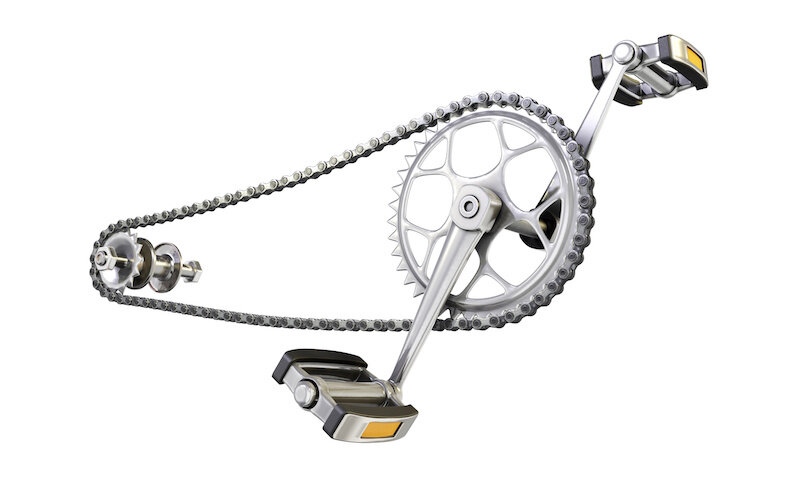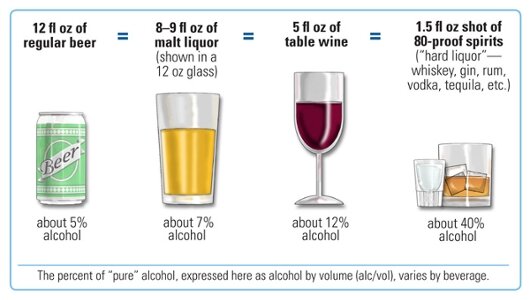Ricardo (Pedal Chile guide) getting steps with his bike!
How Many 'Steps' Do You Get Riding a Bicycle?
According to the Compendium of Physical Activities:
Bicycling is equal to 220 steps per minute
13,200 steps per hour
It would take 46 minutes of cycling to equal 10,000 steps.
How many ‘steps’ do you get riding an e-bike?
Riding an e-bike (electronic pedal assist) is equal to about 136 steps per minute
8,160 steps per hour
It would take about 1 hour 14 minutes of riding an e-bike to get 10,000 steps.
How many calories does 10,000 “steps” burn?
“The 10,000 steps/day walking is approximately equivalent to 300 and 400 kcal/day of energy expenditure (depending on walking speed and body size)”
For the average person, walking 10,000 steps equates to walking 4 to 5 miles (~8km). The typical leisure strolling pace of 2.5 to 3.5 mph (4 to 5 kph), the average person will burn about 325 to 375 calories.
General Rule of Thumb: 10,000 steps per day is equivalent to about 300 to 400 calories (depending on speed, body size, and intensity)
How many miles on a bike equals 10,000 steps?
If you’re cycling on relatively flat terrain with minimal wind, 10,000 steps would be equal to 15 to 18 miles.
How many steps equal a mile on a bike?
Approximately 605 steps ± 60 equals one mile of bike riding (flat ground).
What Is Better: 10,000 Steps or an Hour of Cycling?
If excluding personal preferences, the two are fairly equal but in different ways:
Cycling burns more calories than walking
Uphill cycling is very inefficient, meaning you will burn even more calories if your ride includes any hills
Brisk walking is weight-bearing, making it better for bone health
At walking speeds ≥ 3 mph (5kph) 10,000 steps a day will maintain bone health (bone mineral density)
history of the 10,000 steps
A common goal of 10,000 steps has been pushed by the media and is often a default goal for many fitness "wearables.” So, where did this magic number of 10,000 steps come from?
Dr. I-Min Lee, a professor of epidemiology at Harvard and lead author of a 2019 academic paper, decided to unravel the mystery. Dr. Lee’s conclusions:
Likely derives from the trade name of a 1965 pedometer
The pedometer was called, Manpo-kei, which translates to “10,000 steps meter” in Japanese
The Japanese character also looks similar to a person walking
Dr. Lee, however, isn’t the first person to cite the Japanese company as the ‘inventor’ of the 10,000 step rule.
Back in the 1980s and 1990s, Dr. Yoshiro Hatano was publishing research papers that extolled the merits of 10,000 steps a day. In his view, the proper amount of physical activity to balance out food intake and to maintain a healthy weight was precisely 10,000 steps.
How did Dr. Yoshiro Hatano come to this conclusion?
Marketing…..
Dr. Yoshiro Hatano
Image source: (Crandall, 2015)
Yoshiro began selling the pedometer in the 1960s and marketed it as “manpo-kei” or the 10,000-step meter. Yoshiro is noted for saying that the 10k steps was “ideal for marketing” the Manpo-Kei or pedometer.
Dr. Hatano picked an arbitrary number that was masked in advertising while using his cloak of authority (professor at the Kyushu University of Health and Welfare) to sell it to the masses.
“First, the 10,000 steps recommendation is not something that originates from the WHO, but rather is linked to the development and increasing popularity of pedometers in Japan in the 1960s”
So what is the ideal number???
There is none. A “one size fits all” number is a great sound bite but is unrealistic in the real world.
“walking ≥10,000 steps a day did not translate into meeting public health guidelines. These findings highlight the disparity between the number of steps believed to be needed per day and the recommended time-intensity guidelines to achieve positive health benefits”
A 2016 study, from JAMA (The Journal of the American Medical Association), conducted a 2-year study that researched whether wearable fitness devices lead to increased weight loss. The results:
“In this study, the addition of wearable technology to a behavioral intervention was less effective for 24-month weight loss”
Wearing fitness tracking devices lead to less weight loss compared to the participants who didn’t use any fitness tracking ‘wearables’
The group that didn’t use fitness tracking devices lost 13 pounds
The group that did wear the fitness devices lost only 7.7 pounds
While some people say that this is only one study, which of course is true. However, finding valid studies that are not ‘researched’ through the funding of large fitness/health companies is rather challenging.
CONDENSED VERSION & BOTTOM LINE
General physical activity guidelines and fitness trackers encourage adults to get 10,000 steps, most days of the week. As a result, many adults prefer to get their ‘quota’ of ‘steps’ from bike riding. This results in questions about what is the conversion from pedaling to walking steps. Generally speaking, riding a bike is equal to about 220 steps per minute or about 13,200 steps per hour.
Jesse is the Director of Pedal Chile and lives in La Patagonia. Jesse has a Master of Science in Health and Human Performance, a Bachelor of Science in Kinesiology, and CPT. Hobbies: Mountain biking, reading, researching, weight-lifting, sampling yummy craft beers, snowboarding, hiking, & cycling
More articles from Pedal Chile
Sources:
Choi, B.C.K., Pak, A.W.P., Choi, J.C.L. and Choi, E.C.L. (2007). Achieving the daily step goal of 10,000 steps: The experience of a Canadian family attached to pedometers. Clinical & Investigative Medicine, 30(3), p.108.
Crandall, T. (2015). 10000 Steps History Dr. Yoshiro Hatano. [online] 10,000 Steps Daily.
De Cocker, K., De Bourdeaudhuij, I., Brown, W. and Cardon, G. (2009). Moderators and mediators of pedometer use and step count increase in the “10,000 Steps Ghent” intervention. International Journal of Behavioral Nutrition and Physical Activity, 6(1), p.3.
Ewald B, Attia J, McElduff P. How many steps are enough? Dose-response curves for pedometer steps and multiple health markers in a community-based sample of older Australians. J Phys Act Health. 2014 Mar; 11(3): 509-18.
Gow, A.J. (2013). Enhancing brain health: 10,000 steps at a time? Aging Health, 9(3), pp.239–241.
Hatano, Y. (1993) Use of the pedometer for promoting daily walking exercise. Journal of the International Committee on Health, Physical Education and Recreation, 29, 4-8.
Jakicic, J.M., Davis, K.K., Rogers, R.J., King, W.C., Marcus, M.D., Helsel, D., Rickman, A.D., Wahed, A.S. and Belle, S.H. (2016). Effect of Wearable Technology Combined With a Lifestyle Intervention on Long-term Weight Loss. JAMA, [online] 316(11), p.1161.
Lee, I.-M., Shiroma, E.J., Kamada, M., Bassett, D.R., Matthews, C.E. and Buring, J.E. (2019). Association of Step Volume and Intensity With All-Cause Mortality in Older Women. JAMA Internal Medicine, [online] 179(8), pp.1105–1112.
Tudor-Locke, C. and Bassett, D.R. (2004). How Many Steps/Day Are Enough? Sports Medicine, 34(1), pp.1–8.
TUDOR-LOCKE, C., HATANO, Y., PANGRAZI, R.P. and KANG, M. (2008). Revisiting “How Many Steps Are Enough?” Medicine & Science in Sports & Exercise, 40(Supplement), pp.S537–S543.
Wattanapisit, Apichai & Thanamee, Sanhapan. (2017). Evidence behind 10,000 steps walking. Journal of Health Research. 31. 241-248.
White, D.K., Tudor-Locke, C., Felson, D.T., Gross, K.D., Niu, J., Nevitt, M., Lewis, C.E., Torner, J. and Neogi, T. (2013). Walking to Meet Physical Activity Guidelines in Knee Osteoarthritis: Is 10,000 Steps Enough? Archives of Physical Medicine and Rehabilitation, 94(4), pp.711–717.





































